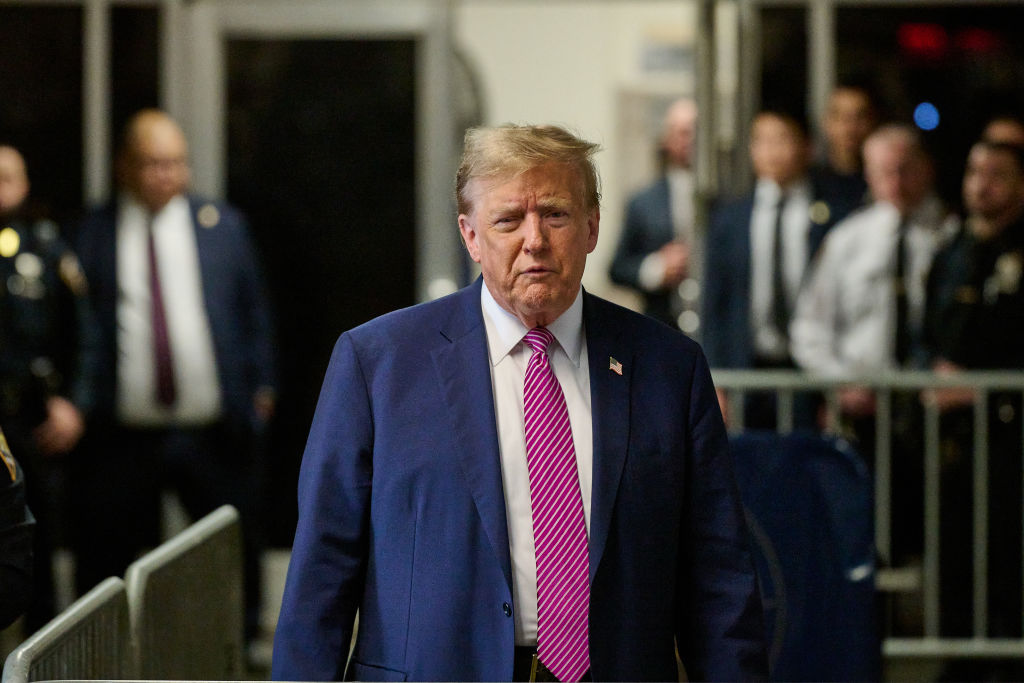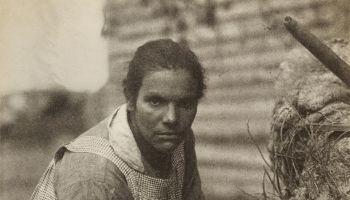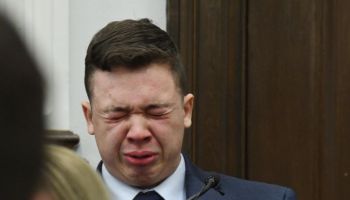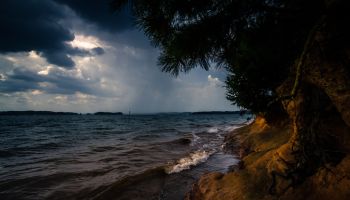UNOSUMAI, Japan – The towering waves that splintered thousands of Japanese homes and lives has forced the country to rethink one of its most sacred Buddhist practices: how it treats the dead.
PARTNER LINK: Juliette Lewis Photos
Desperate municipalities are digging mass graves, unthinkable in a nation where the deceased are usually cremated and their ashes placed in stone family tombs near Buddhist temples. Local regulations often prohibit burial of bodies.
The number of dead — at 9,199 and expected to climb well over 20,000 — has overwhelmed crematoriums whose incinerators cannot keep pace with the arriving bodies. A shortage of kerosene required to burn them means some cannot operate at all.
“We have many bodies found in seawater and badly damaged,” said Kazuhiko Endo, an official in Kamaishi, where a mass burial is planned on Friday for 150 unidentified people killed by the March 11 earthquake and tidal wave.
“This is a special measure, but there is nothing much else we can do,” said Endo. “More than a week has passed since we placed them in morgues and we don’t know if they can be identified.”
Under traditional Japanese Buddhist practice, bodies are brought home and placed in bed with their head pointing north. After a wake, funeral and cremation, relatives transfer the bones by chopsticks into an urn that is displayed at home for several weeks or even months before being buried.
That centuries-old ritual is all but impossible in some areas hardest hit by Japan’s biggest disaster since World War Two, as rescue workers pack bodies into makeshift morgues, some mangled beyond recognition by the swirling, debris-choked waves.
Although many tsunami-damaged highways have been reopened, fuel shortages prevent families from retrieving or transporting bodies. Morgues lack the dry ice needed to preserve them.
“There were so many victims and at first they were going to be cremated, but there were too many, so we wanted to bury them quickly,” said Doyu Oheda, a monk in Higashimatsushima, where bodies were lowered into a mass grave in former garbage dump on Tuesday, some in wooden coffins or wrapped in blankets.
The grave can hold 1,000 people but is temporary. Those buried on Tuesday were tagged and will be exhumed later and cremated with a proper funeral.
Ofunato, a small, nearly destroyed city with about 200 dead and 230 missing, hopes to cremate “as many as possible,” said Hideki Terasawa, a senior city official.
“We have two cremation facilities that can manage about 20 bodies a day in total and have asked for help with facilities in nearby towns,” he said. But identifying them remains difficult.
“There are scores of bodies that have not yet been identified. The police are taking DNA samples on these people and storing them so that they can be identified later,” he said. “If the process takes too long, we will think about burials but we have no plans yet.”
Authorities elsewhere in Asia faced a similar problem after the 2004 Indian Ocean tsunami that killed 226,000 people in 13 countries. After that disaster, the United States and several other countries secured a Thai government guarantee that remains of foreign victims would not be buried without identification.
That led to Thailand’s Tsunami Victim Identification center, where bodies were stacked in containers, cooled to one degree Fahrenheit, waiting for identification. Five years later, some unclaimed bodies remained in chilled containers. About 370 unidentified bodies were buried in a nearby plot.
Kesennuma, a city in remote northeast Japan ravaged by the quake, tsunami and major fires, is studying whether mass graves might affect fresh water tables.
“Burials are so rare here that we need to find a place to do this,” said Yoshio Osawa, a city official.
In Unosumai, school gyms have been converted into morgues, where bodies are cleaned and wrapped in white sheets and lined up on the floor side by side. Buses shuttle grieving relatives from one morgue to another as they look for the missing, while bulldozers prepare land behind a damaged temple for a mass grave.
It may be difficult, but Japan’s authorities need to ensure bodies are identified, said Francis Markus of the International Federation of Red Cross and Red Crescent Societies delegation in Tokyo.
“Dead bodies should be handled in a dignified way and people should have a chance to identify their loved ones, ” he said. “We would be very much against any thought of handling of them which does not allow that.”
RELATED:
















